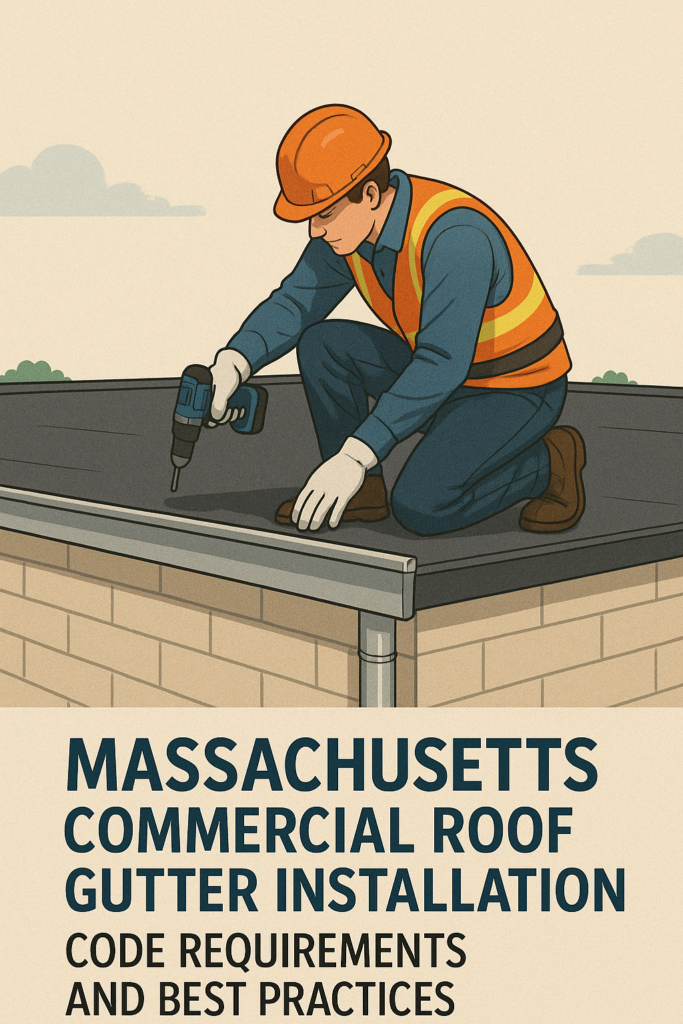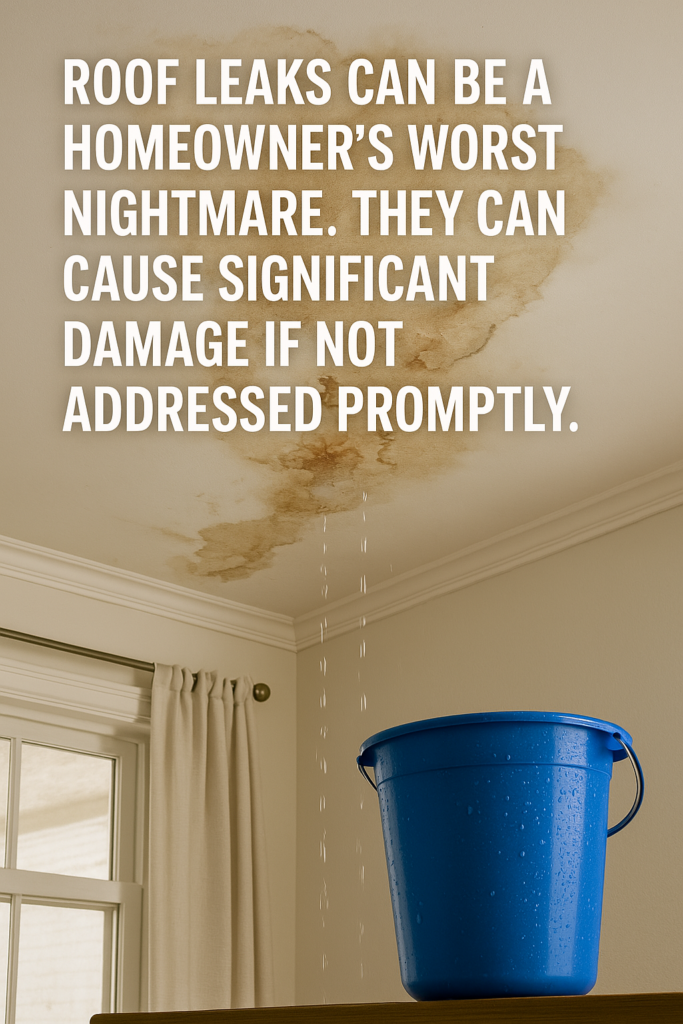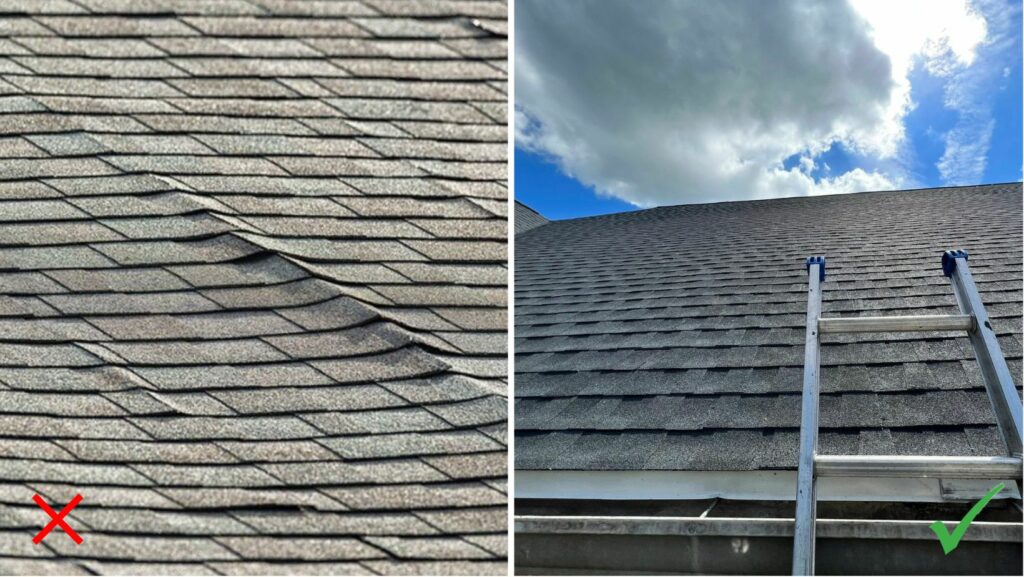Understanding Hail Damage: Causes and Solutions
Reading Time: 8 minutesHail storms can be a homeowner’s worst nightmare. They can cause significant damage to your property, particularly a hail damaged roof.
The damage inflicted by hail can vary greatly. It depends on factors such as the size and density of the hailstones, the type of roofing material, and the age and condition of the roof.
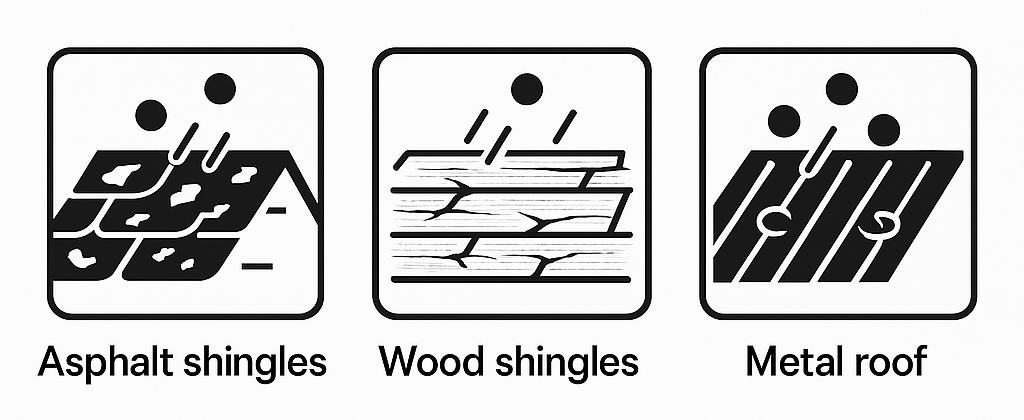
Unfortunately, hail damage is not always immediately visible. It often requires a professional inspection to identify the extent of the damage.
This article aims to provide a comprehensive guide on understanding hail damage. It will cover the causes, how to identify it, and the solutions available to repair and prevent future issues.
By the end of this article, you will be better equipped to deal with hail damage. You will also understand how to make informed decisions regarding your roofing needs, particularly in areas prone to hail storms.
Let’s delve into the world of hail damage and explore how you can protect your home from this weather menace.
The Science of Hail Formation and Its Impact on Roofs
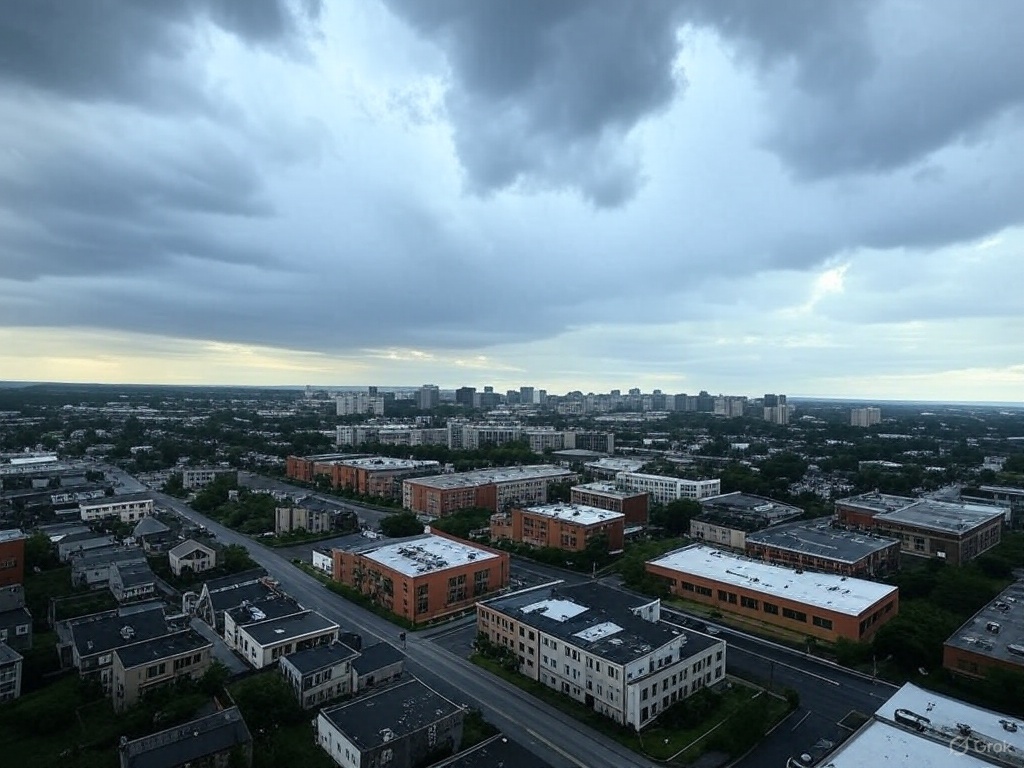
Hailstones form under specific atmospheric conditions. They result from intense thunderstorm updrafts combined with supercooled water droplets. These droplets freeze and accumulate layers of ice, creating hail.
Hailstones vary in size, from pea-sized to larger than a golf ball. Their size and velocity significantly impact the type and extent of damage they can cause on roofs. Larger, denser stones can puncture roofing materials and lead to severe damage.
Roof damage from hail involves more than just cosmetic issues. Hail impacts can fracture or dislodge shingles, leading to potential leaks. Even small hail can weaken a roof’s integrity if it occurs frequently.
Many roofing materials respond differently to hail. Asphalt shingles, for example, may display bruising or granule loss, while metal roofs might show visible dents. Each material has unique vulnerabilities to hail.
Understanding hail’s formation helps in anticipating its impact. This knowledge aids in choosing the right roofing materials and preparing for weather events. Proper preparation can mitigate damage and extend a roof’s lifespan.
In areas prone to hail storms, selecting a roof with high hail resistance is critical. It’s an essential step toward protecting your home effectively.
Identifying Hail Damage on Different Roofing Materials
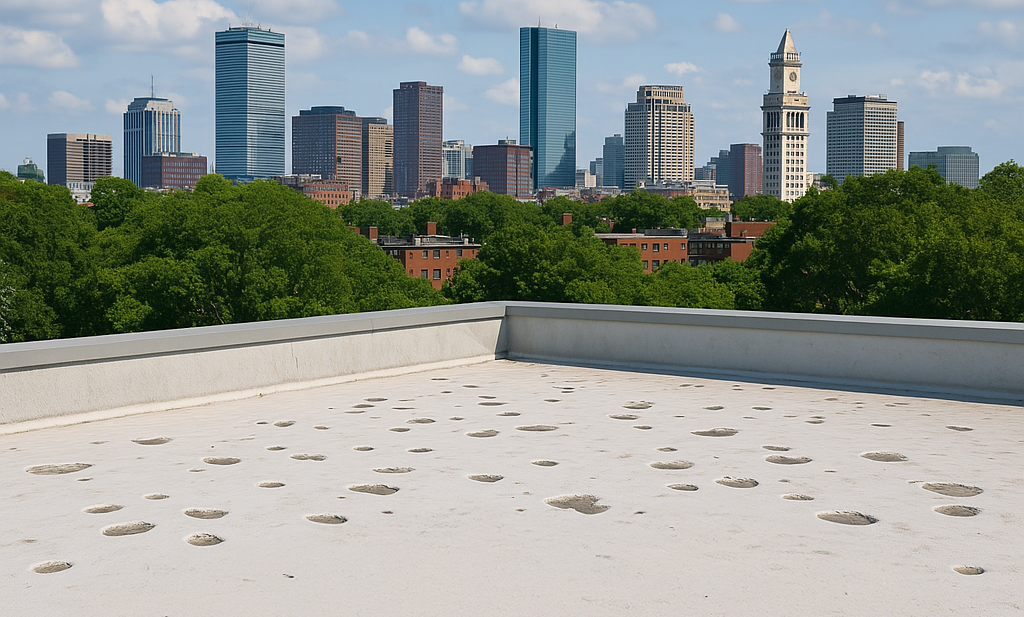
Identifying hail damage on a roof is crucial for timely repairs. Each roofing material shows distinct signs of damage.
Asphalt and composition shingles may lose granules, leading to bald patches. These areas can compromise the roof’s waterproof integrity.
Wood shingles and shakes often crack, split, or show visible dents after a hailstorm. Damage can invite moisture and lead to rot if unattended.
Metal roofing may seem more resilient but isn’t immune. Dents and dings are typical indicators of hail impacts.
Early detection of hail damage prevents costly, extensive repairs down the line. Homeowners should inspect roofs post-storm or hire professionals.
Professional inspections are more thorough and beneficial for insurance claims. Trained experts can spot subtle damages easily missed by untrained eyes.
Here are some signs to watch for across different roofing materials:
- Asphalt shingles: Bruising, granule loss, circular patterns of damage.
- Wood shingles: Splitting, cracking, impact marks.
- Metal roofing: Dents, scratches, paint chipping.
Taking note of these signs helps in assessing your roof’s condition. Prompt action ensures the problem won’t escalate.
Regular inspections and prompt repairs can extend a roof’s life despite hail exposure. It’s an investment in your home’s safety and value.
Asphalt and Composition Shingles
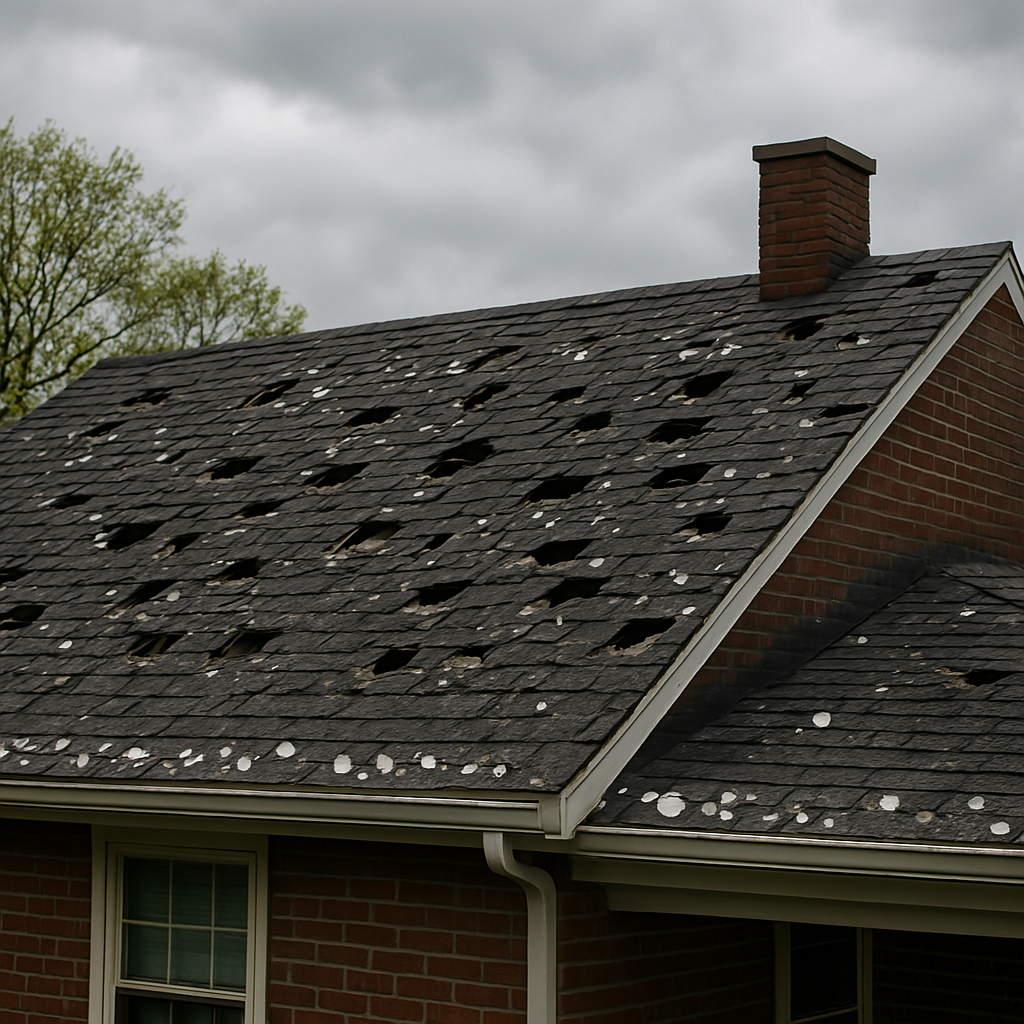
Asphalt shingles, common in many homes, can suffer significant damage from hail. Look for granule loss, which can expose the underlying asphalt layer.
Bruising is another sign. It’s a soft spot on the shingles where granules have been knocked off. Circular impact marks can also appear, often indicating severe damage.
Promptly addressing these issues is vital. They may seem minor but could lead to more severe water penetration problems.
Wood Shingles and Shakes
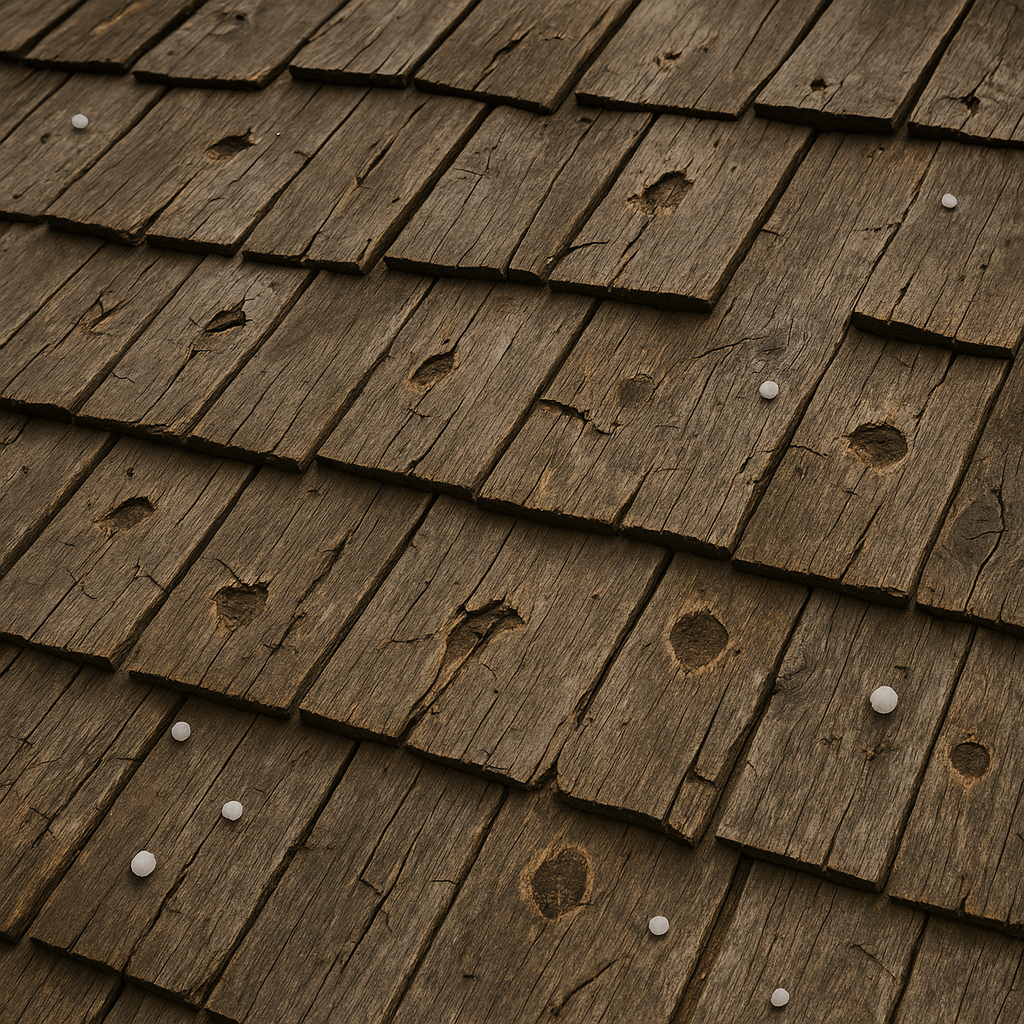
Wood shingles and shakes are beautiful but vulnerable to hail damage. Hail can crack or split these materials, compromising their integrity.
These splits allow moisture to seep in, potentially causing rot and mold. Dents and impacts might be visible, indicating where hailstones struck.
Inspecting wood shingles after hailstorms is crucial. Catching problems early prevents deterioration and costly future repairs.
Metal Roofing
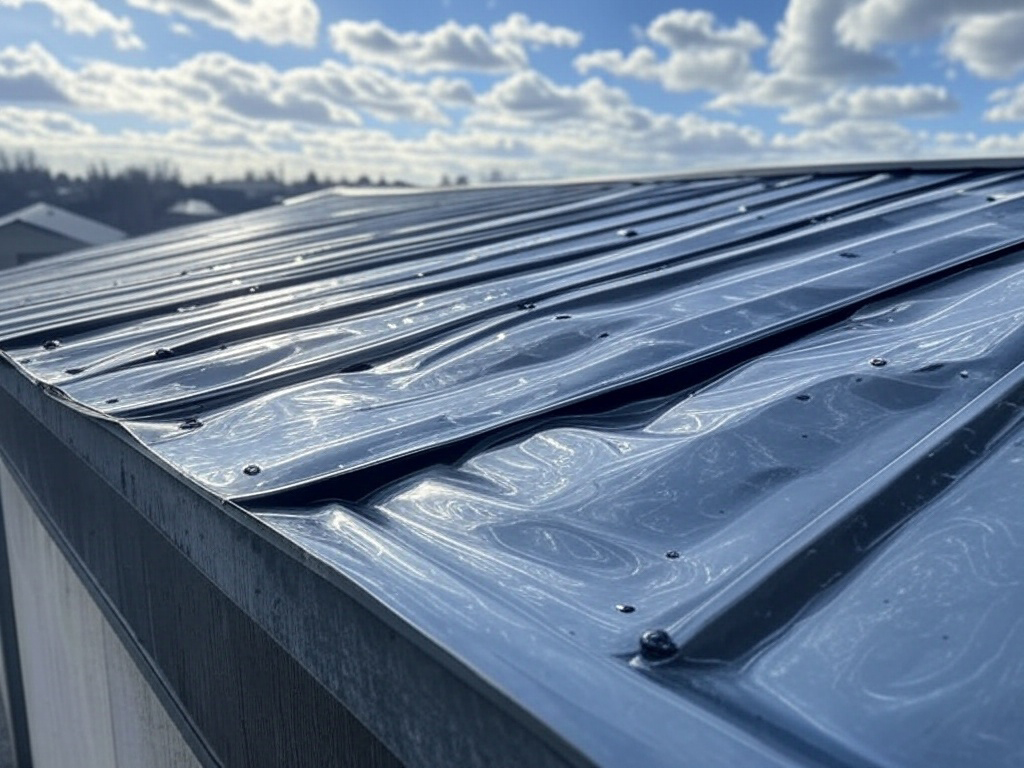
Metal roofing might appear indestructible but can still suffer from hail. Look for visible dents and surface imperfections.
Small dents might not seem severe but can affect the roof’s appearance and resale value. Larger dents might compromise water drainage.
Paint chipping is another concern as it exposes metal to the elements, leading to rust. Regular inspections help maintain a metal roof’s condition.
The Consequences of Ignoring Hail Damage
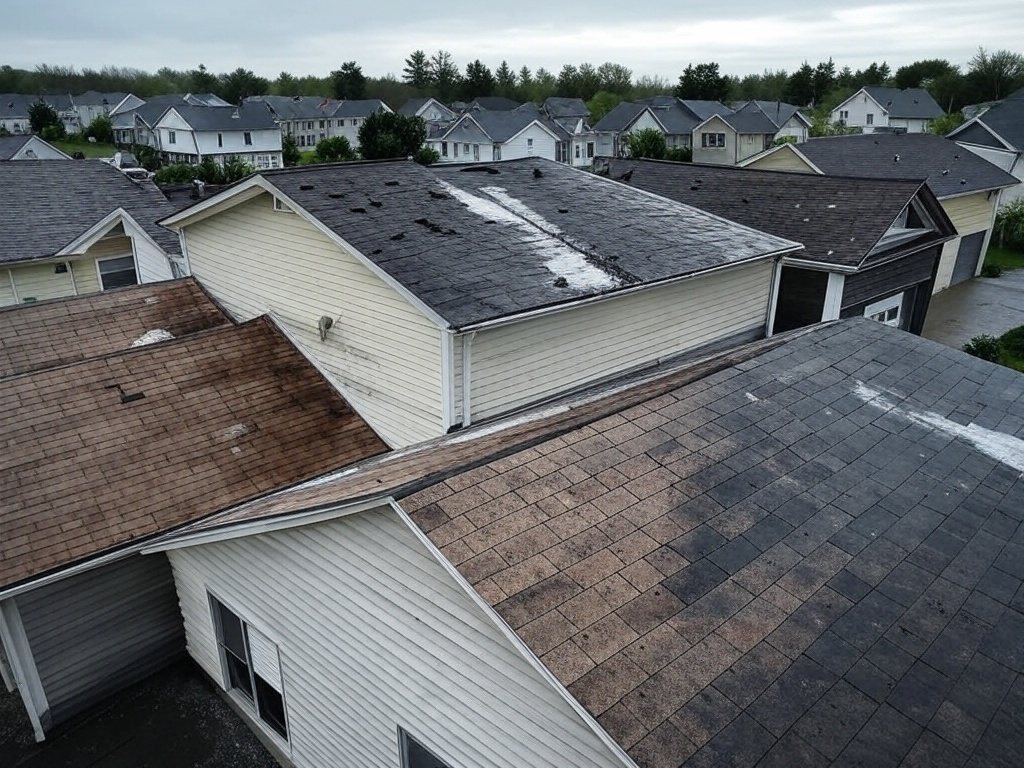
Ignoring hail damage on your roof can have significant repercussions. Initially, the signs might seem cosmetic or minor.
However, these minor issues can quickly escalate into severe structural problems. Water can seep through cracks, leading to leaks.
Over time, these leaks can cause insulation damage, leading to increased energy bills. Water infiltration might also promote mold growth.
Such environmental hazards can affect your health, causing respiratory issues and allergies. The aesthetic damage from hail can also devalue your property.
Moreover, unrepaired hail damage might void your roof warranty, leading to out-of-pocket expenses. Repairing minor issues promptly is key.
Delaying repairs could result in a need for a full roof replacement. This scenario is far more costly and time-consuming.
Regular inspections and maintenance can prevent these outcomes. Protecting your home with timely repairs ensures a safe and secure living environment.
How to Inspect Your Roof for Hail Damage
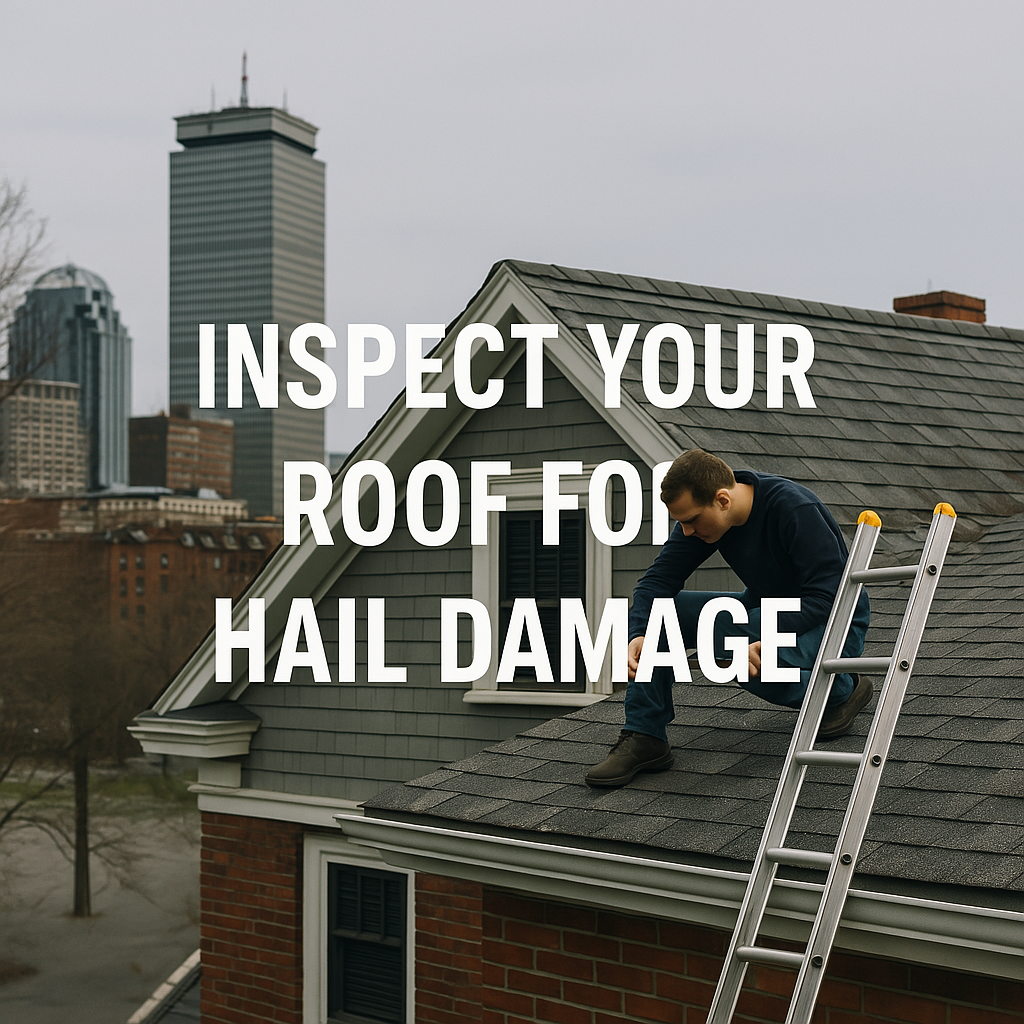
Inspecting your roof for hail damage starts with a careful observation from the ground. Look for any clear signs of damage such as dents, cracks, or missing shingles.
If possible, use binoculars for a closer look without climbing onto the roof. Safety should always be your top priority during this process.
Checking your attic for leaks or water stains is another crucial step. These signs indicate that hail might have compromised your roof’s integrity.
Examine the gutters and downspouts for granules from the shingles. A large accumulation of granules signifies potential hail damage to the shingles.
For a thorough inspection, consider hiring a professional roofer who specializes in hail damage. They can perform a detailed examination and advise on necessary repairs.
Key Steps for Inspecting Hail Damage:
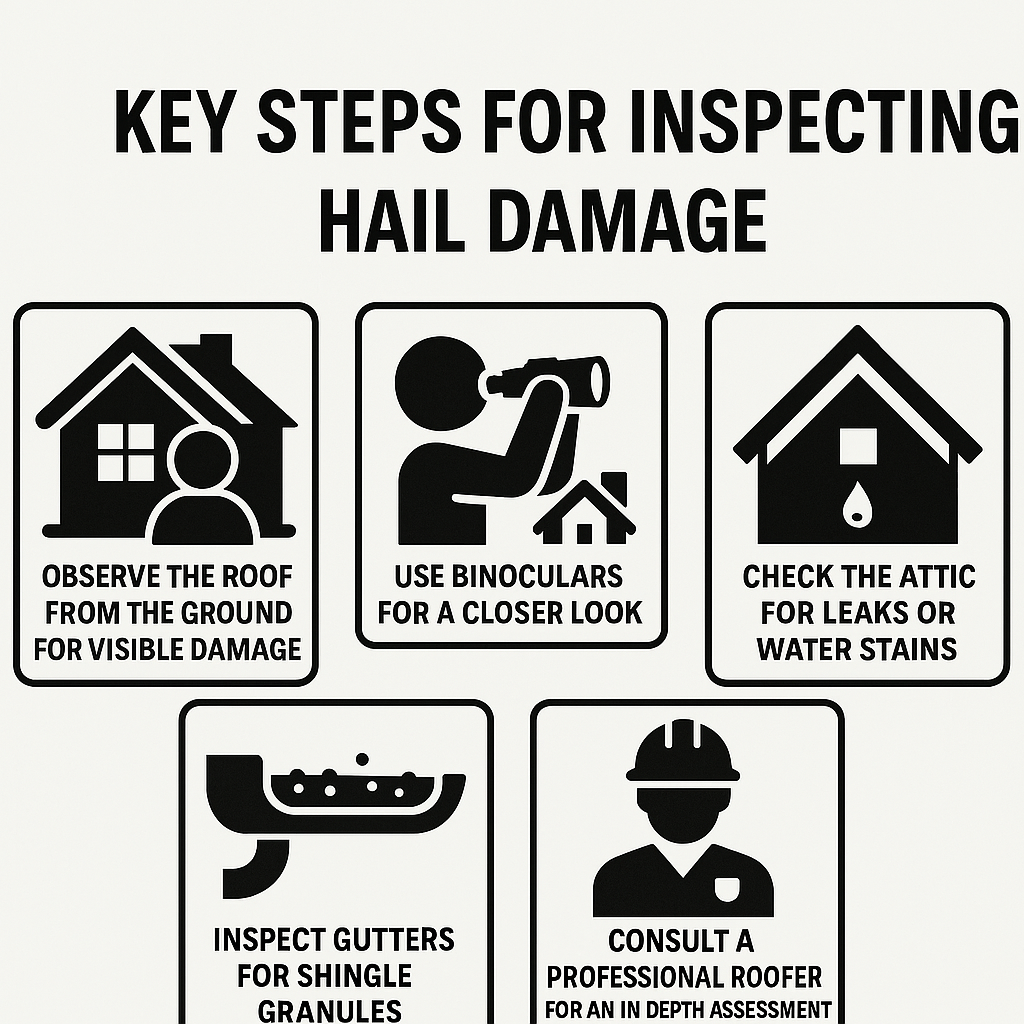
- Observe the roof from the ground for visible damage.
- Use binoculars for a closer look.
- Check the attic for leaks or water stains.
- Inspect gutters for shingle granules.
- Consult a professional roofer for an in-depth assessment.
These steps can help detect hail damage early, preventing more extensive problems down the line. Early detection ensures peace of mind and protects your home investment.
Professional Hail Damage Assessment and Repair
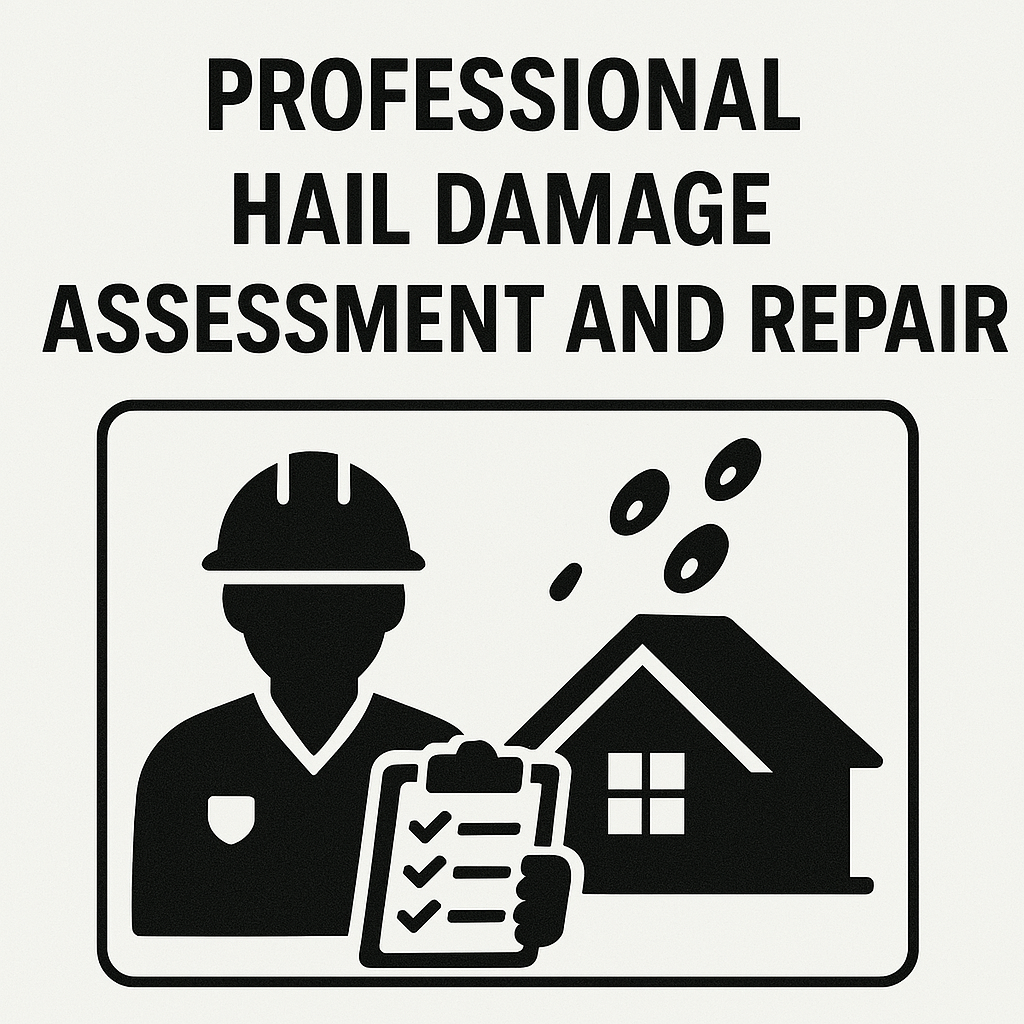
Hiring a professional for hail damage assessment is crucial for accurate detection. Their expertise ensures even hidden damages are identified and addressed promptly.
Professionals utilize specialized techniques and tools not available to the average homeowner. This results in more thorough inspections and higher repair quality.
Prompt repair of hail damage prevents further complications. Neglecting these issues can lead to leaks, mold, and structural damage over time.
A professional roofer can also offer advice on long-term solutions. Upgrading roofing materials or implementing protective measures can provide extra protection against future storms.
Remember, timely professional intervention can save money and extend your roof’s lifespan. Don’t postpone an assessment if a hail storm has hit your area.
Choosing the Right Hail Damage Roofers
Selecting the right roofer is key to effective hail damage repair. Look for roofing contractors with a solid reputation and verifiable experience in hail damage restoration.
Ensure they are licensed and insured, which protects you against potential liabilities. Credentials offer reassurance of their professional capability and ethical standards.
Finally, seek multiple estimates before making a decision. This not only helps find a fair price but also gauges the approach and professionalism of potential contractors.
Insurance Claims for Hail Damaged Roofs
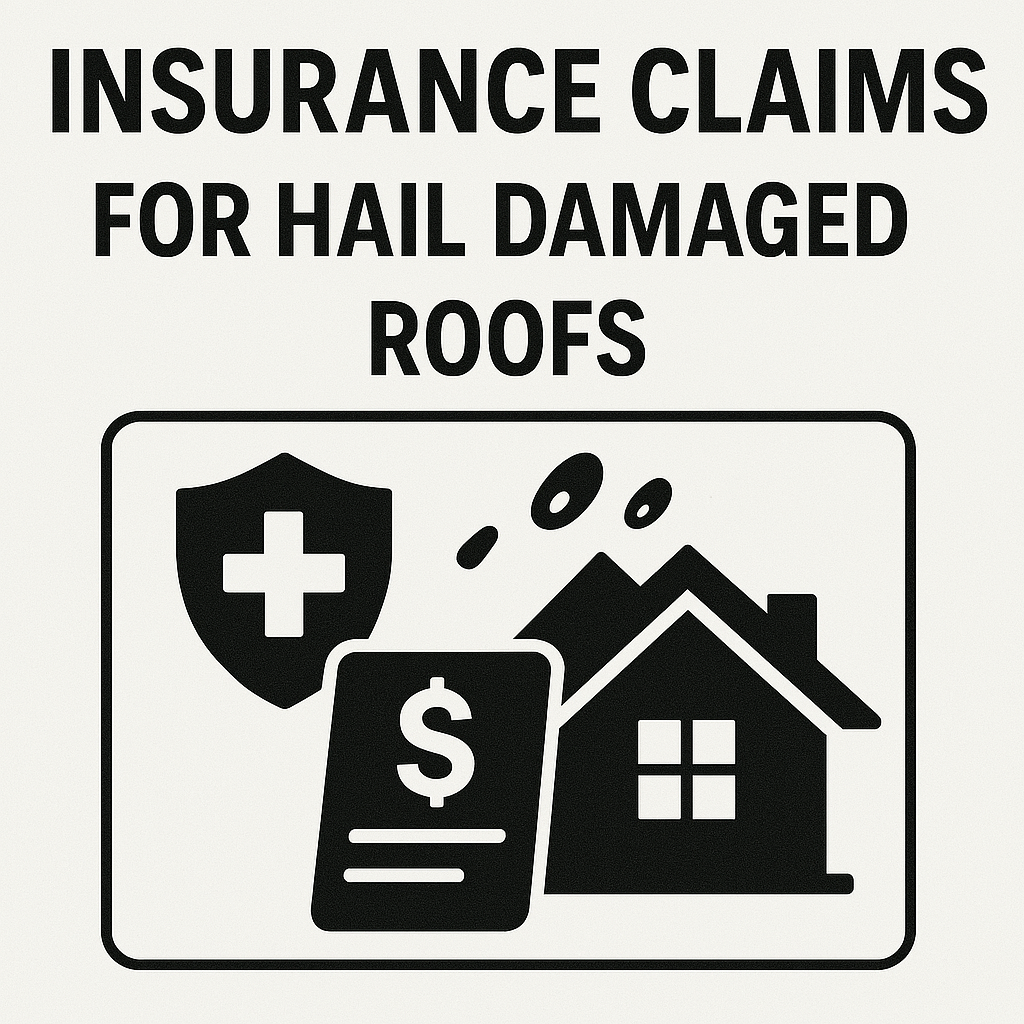
Handling insurance claims for a hail damaged roof requires attention to detail. Promptly filing a claim is essential, as delays can complicate the process.
Understanding your policy is crucial. It typically covers hail damage but knowing specifics helps manage expectations and any exclusions.
Document the damage thoroughly before filing. Photos of the hail damage on the roof and any emergency repairs made can bolster your claim.
Consider the following steps when filing a hail damage claim:
- Contact your insurer to report the damage as soon as possible.
- Gather and organize all relevant documentation, including photos and repair invoices.
- Arrange for an insurance adjuster to inspect your roof.
- Consult with a professional roofer to provide additional assessments.
- Review the adjuster’s report and ask questions if needed.
Using professional help can ease the process. Roofing contractors experienced in insurance claims can guide you and ensure that the insurer accurately assesses the roof damage from hail.
Preventative Measures and Durable Roofing Solutions
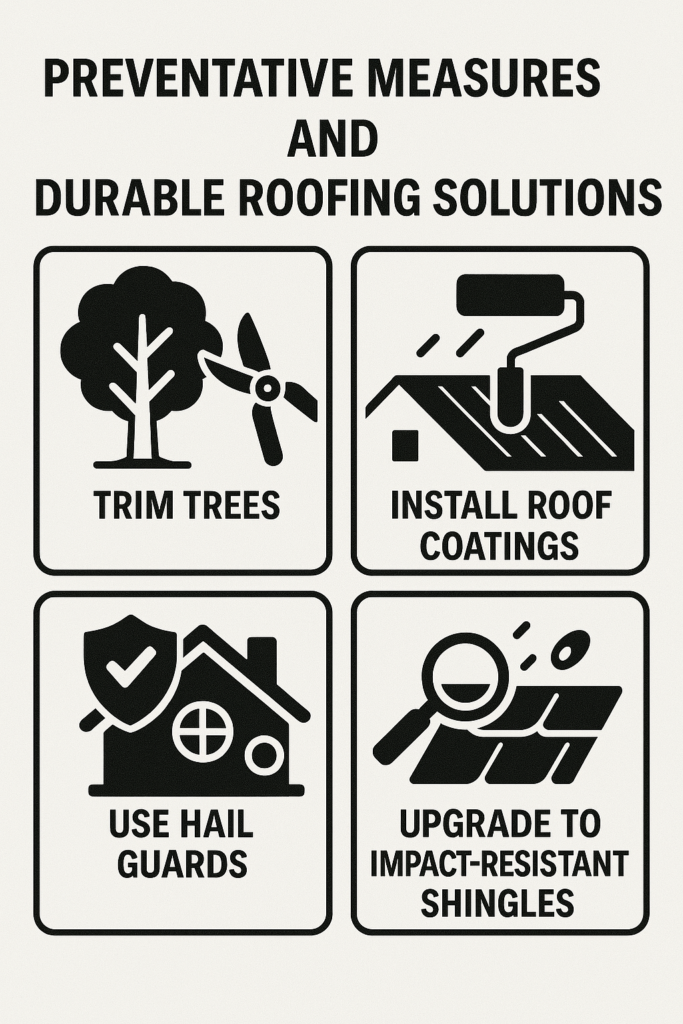
To protect your home from hail damage, preventive steps are crucial. Using the right roofing materials can significantly reduce risks.
Modern technology offers better solutions. Focus on durable and impact-resistant materials that withstand severe weather.
Consider incorporating preventative measures to protect your roof:
- Trim trees to prevent branches from falling during hail storms.
- Install roof coatings that offer an additional layer of protection.
- Use hail guards on vulnerable areas like skylights and vents.
- Schedule regular inspections and maintenance to address potential weak spots.
- Upgrade to impact-resistant shingles for better durability.
Strong roofing solutions are more than just materials. Professional installation ensures they perform as expected during hail storms.
Plan for regular maintenance as part of your defense strategy. Address minor issues promptly to prevent them from becoming major problems.
Impact-Resistant Roofing Materials
Investing in impact-resistant materials pays off over time. These materials are designed to resist damage from hailstones.
From metal roofs to composite shingles, various options exist. Each has unique benefits and levels of protection.
Research new materials and technologies for the best solutions. Impact-rated shingles and tiles are increasingly common and provide peace of mind.
Top Tips and Related Insights for Flat Roof Care
Massachusetts Commercial Roof Gutter Installation: Code Requirements and Best Practices
Finding Reliable Roof Leak Repair Services
Understanding Hail Damage: Causes and Solutions
Understanding the Causes of Sagging Roofs
How to Maintain Commercial Roofing Systems
Residential Flat Roofing: Simplifying Your Roof Replacement Journey
Regular Maintenance and Inspections
Regular maintenance is essential to keep your roof in top condition. Schedule inspections with professionals to detect hidden damage.
Watch for signs of wear and perform minor repairs regularly. This proactive approach saves money and extends your roof’s lifespan.
Document each inspection and maintenance effort. Keeping a detailed record helps should you need to file an insurance claim or sell your home.
Conclusion: Protecting Your Home from Future Hail Damage

Taking proactive steps protects your roof from hail damage. Invest in durable materials and emphasize consistent maintenance for lasting protection.
Stay informed about advances in roofing technology. A well-maintained, impact-resistant roof safeguards your home and minimizes future repair costs.
Denis is the driving force behind ID Flat Roof, a leading company in Boston specializing in flat roof repair and installation for over 20 years.
Expertise:
Denis excels in PVC, TPO, EPDM, and rubber roofing. His meticulous approach ensures quality and customer satisfaction.
Innovation:
Denis incorporates cutting-edge solutions like skylights and solar PV roofing.




